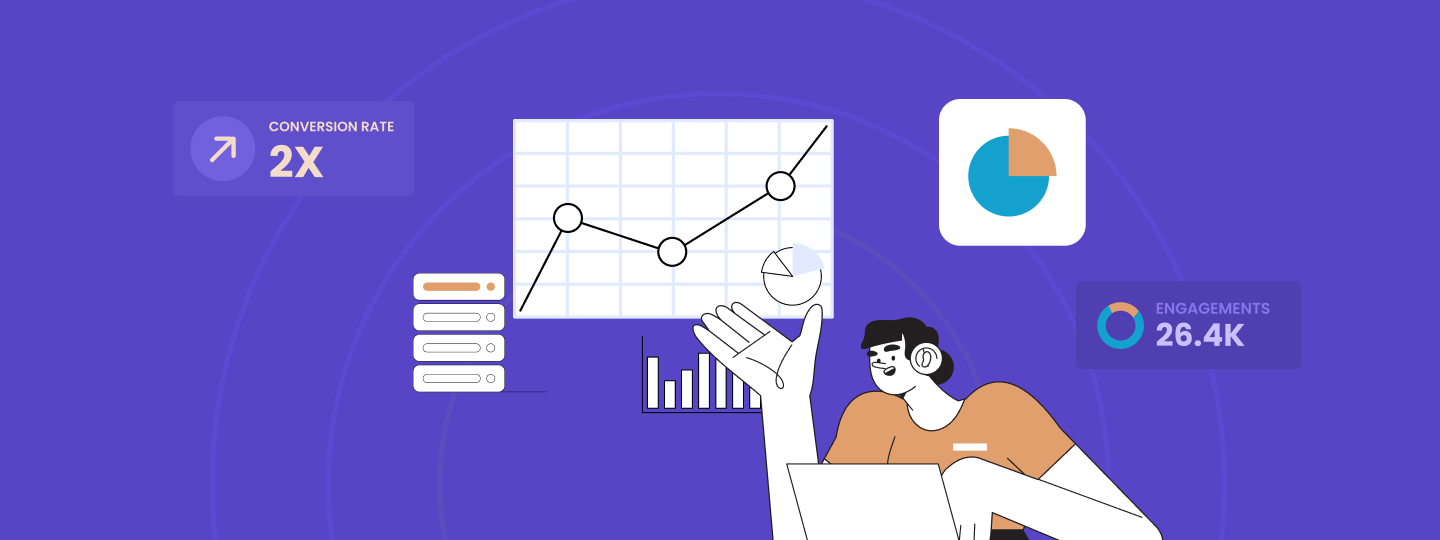There are only two ways to reach users. You reach them, OR they reach you.
When they reach D2C brands like yours, the first place they typically explore is your website or app.
When they explore your brand, you want to ensure the following:
- Tell users everything you want them to know
- Know everything there is to know about the users.
- Use what you know about the users to personalize their user experience.
For a fluid user experience, you must understand the difference between known and unknown users.
Every D2C brand will deal with these two types of users based on how much of their information you possess.
-> Users whose data you do not possess are unknown or anonymous users.
-> Users whose data you do possess are known or identified users.
You’re probably wondering what kind of data we are talking about.
Any user with a unique identifier is a known user. Unique identifiers could be user attributes, including but not limited to:
- Phone number
- Aadhar card number
- Social security number
- Or anything that pinpoints a specific user
Any user without a unique identifier is an unknown user.
🙋🏼♂️ Convert Unknown Users To Known Users
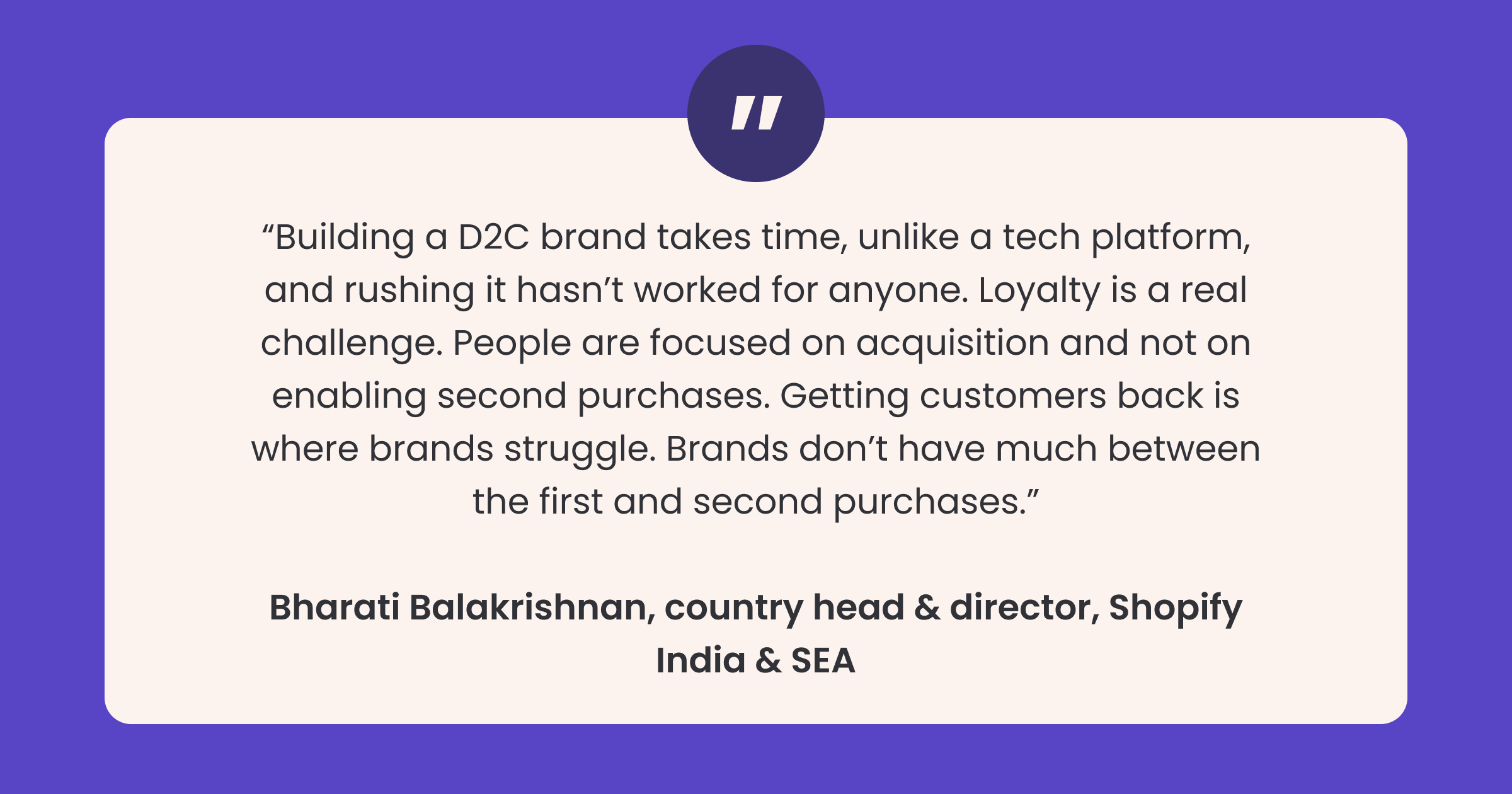
When you’re building a D2C brand, remember you want to know your users but not overstep your bounds and risk pushing them away on the first encounter. Instead, you want to be a good observer and hear them out so they open up and share.
That being said, it’s not the only way – building user profiles is a subtle art and can lead to known users and potential purchases. Here are clever tactics to know more about your users and pull a rabbit out of a hat.
🪪 Request UIDs
The first course of action is to get as little as possible to do as much as possible. Any user that has a Unique Identifier (UID) is a known user. Encourage visitors to provide unique information by offering incentives like exclusive discounts, early access to products, or personalized recommendations in exchange for their information. Keep the registration process simple and ask for only essential details initially to reduce friction.

In the first screenshot, notice how Perfora, an oral care brand, encourages users to add their phone number (a perfect unique identifier) for order tracking, shipping updates, and promotions.
This is also called progressive profiling, wherein instead of asking for a lot of information upfront, brands use basic details during registration and collect additional information as users engage with your brand over time. This approach reduces friction, builds product stickiness, and makes the process less intrusive.
📧 Guides / Updates / Email Newsletters
Offer valuable content, such as newsletters, product updates, or guides, to entice users to subscribe. Once they provide their email, you can gradually collect more information over time.

In the above example, Powerlook, a men’s fashion outlet, tactfully places a prompt on a product page about co-ords and proceeds to explain the influence of co-ords in the fashion arena. Since co-ords are not a traditional outfit for men, this placement is not only informative but also reassuring.
Powerlook has been making a dent in the fashion space by garnering a staggering 302% uptick in unique conversions. If you’re curious, their successful strategy has been dissected in this Impact Story™.
💬 Single Sign-On (SSO)
SSO lets users manage and authenticate their access using a single set of credentials across applications. D2C brands must allow users to sign in or register using their social media accounts like Facebook, Google, Apple, Amazon, WhatsApp, or Twitter. For the user, access control is easy. For brands, SSO simplifies the registration process and provides you with access to their social data, which can let you individualize their experience.

As you can very well see, Perfora offers a wide range of social sign-up options to let you do a hassle-free registration.
🎁 Contests and Giveaways
Host contests or giveaways that require users to provide some contact information to participate. Make sure the prizes are appealing to your target audience. This can attract users interested in your products or services and willing to share their information for a chance to win.

Perfora presents the user with spin-the-wheel sweepstakes by keying in their email and phone number in exchange for a chance to win valuable rewards. This is a fun way to not only collect first-party data but also gamify user experience.
📲 User Registration and In-App Onboarding
Give your users a lay of the land with a demonstrative onboarding process that guides users through the app’s key features and benefits. Use this opportunity to collect essential information gradually, such as name, email, and preferences. Keep the onboarding process concise to prevent users from dropping off.’

Perfora offers native money called POPcoins as part of their loyalty program that comes with a host of rewards. However, to earn POPcoins, users must oblige the brand’s request to provide their name, email, and phone number, two of which are unique identifiers.
Upon signing in, they demonstrate how to manage POPcoins with the help of a gamified interface.
🎛️ Personalized Recommendations
Leverage user behavior and preferences to provide personalized product recommendations. Encourage users to create profiles or indicate their interests within the app. The more relevant the content, the more likely they are to engage and convert.

New users on Perfora receive personalized product recommendations based on behavioral data stemming from their interactions. Sending product recommendations results in both conversations and bigger wallet sizes. Users end up making bundled purchases if brands intelligently cross-sell and upsell.
Real-life examples are the best way to learn about airtight strategies. To know more about how Perfora saw an 8X spike in conversions with WebEngage, read this Impact Story™.
💲 Incentives and Loyalty Programs
Offer incentives for users to provide more information or make their first purchase. This could include discounts, loyalty points, or exclusive access to promotions. Gradually build a relationship with users by rewarding their engagement and purchases.

AMYRA, a luxury accessory brand, prompts their unknown users to share their email and phone number in exchange for a juicy coupon of 10% off and a membership for their customer loyalty program titled AMYRA CLAN.
Loyalty programs work because they offer exclusive benefits, validate social proof, and leverage cultural conformity, meaning if your social circle is doing it, then you’d want to, too.
AMYRA did this and more to achieve an impressive 5X growth in monthly revenue in just 6 months. To read about their strategy in detail, check out their Impact Story™.
🔒 All Said And Done
Remember to prioritize user privacy and security throughout your user profile-building activities. Clearly articulate how you intend to use their information, obtain consent where necessary, and comply with relevant data protection regulations, such as GDPR, CCPA, or DPDP Act. Building trust is crucial when collecting, storing, and using user data.
⚡️ Wrapping Things Up
Converting unknown users to known users is just the beginning. Once you have a unique identifier, the possibilities of marketing to those users across different communication channels are as endless as they are exciting.
At WebEngage, we specialize in D2C user engagement. Using our state-of-the-art marketing automation tools, we have helped 800+ businesses like Myntra engage and retain users in order to grow sustainably.
Big journeys often start with a single step. For you, that step could be as small as booking a free demo with us.




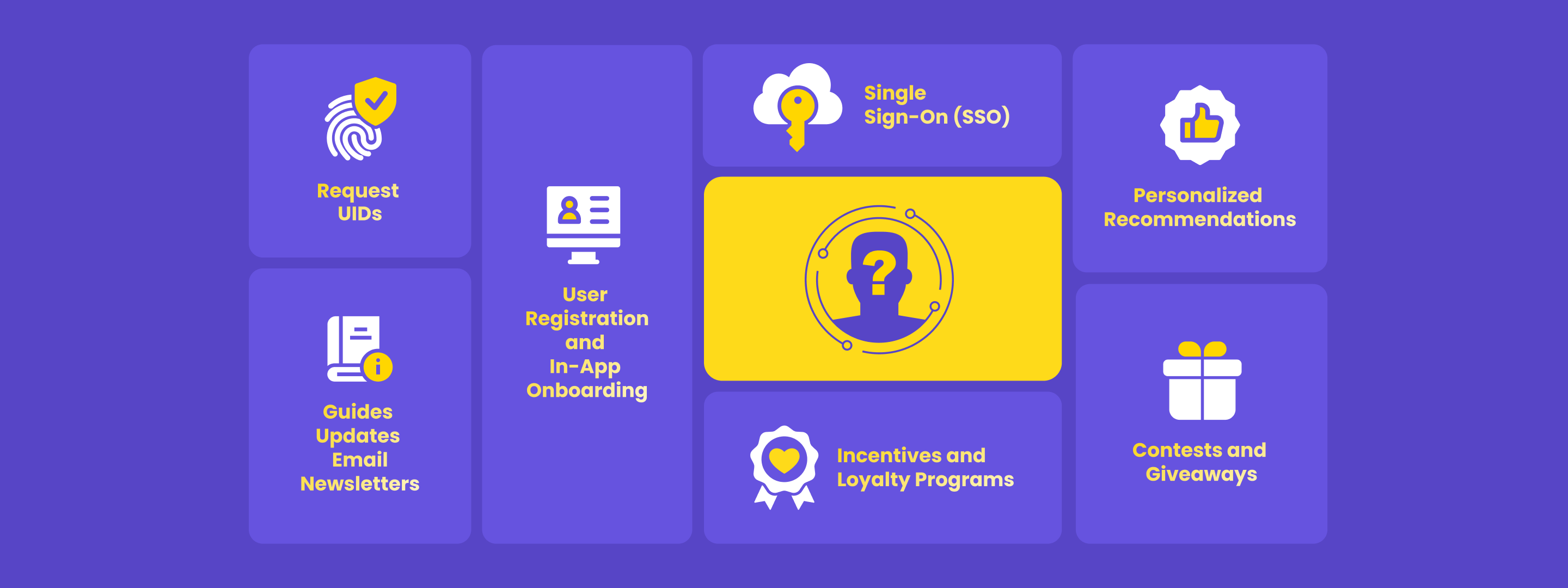


 Sanjay Mishra
Sanjay Mishra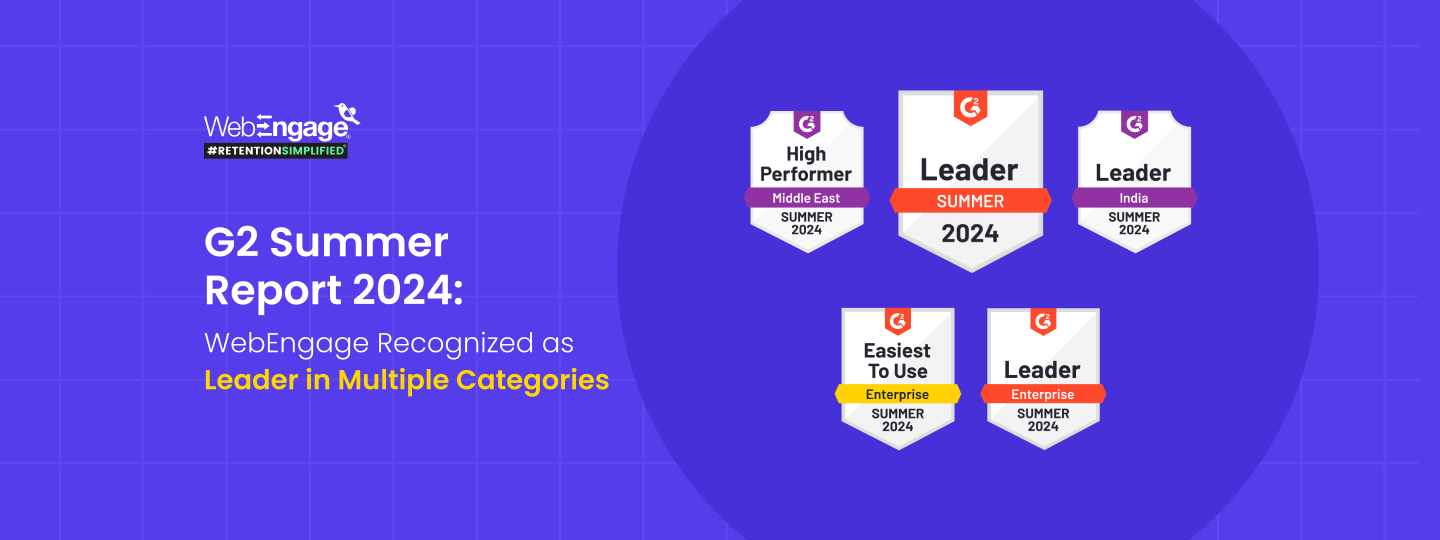
 Priyam Jha
Priyam Jha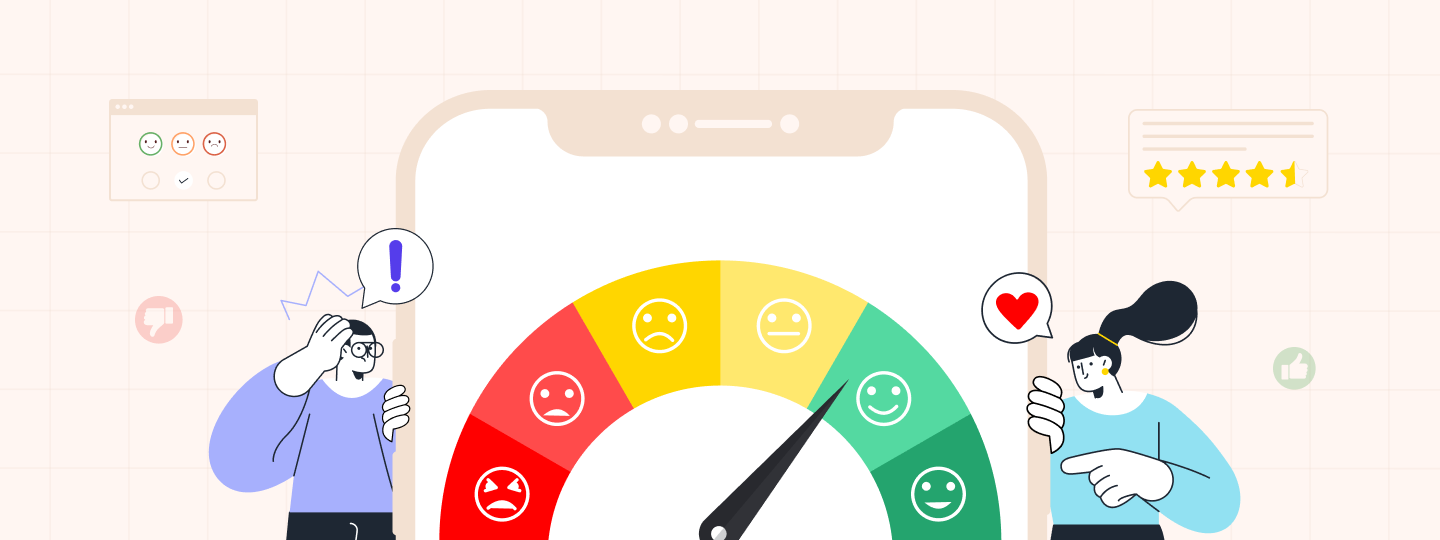

 Harshita Lal
Harshita Lal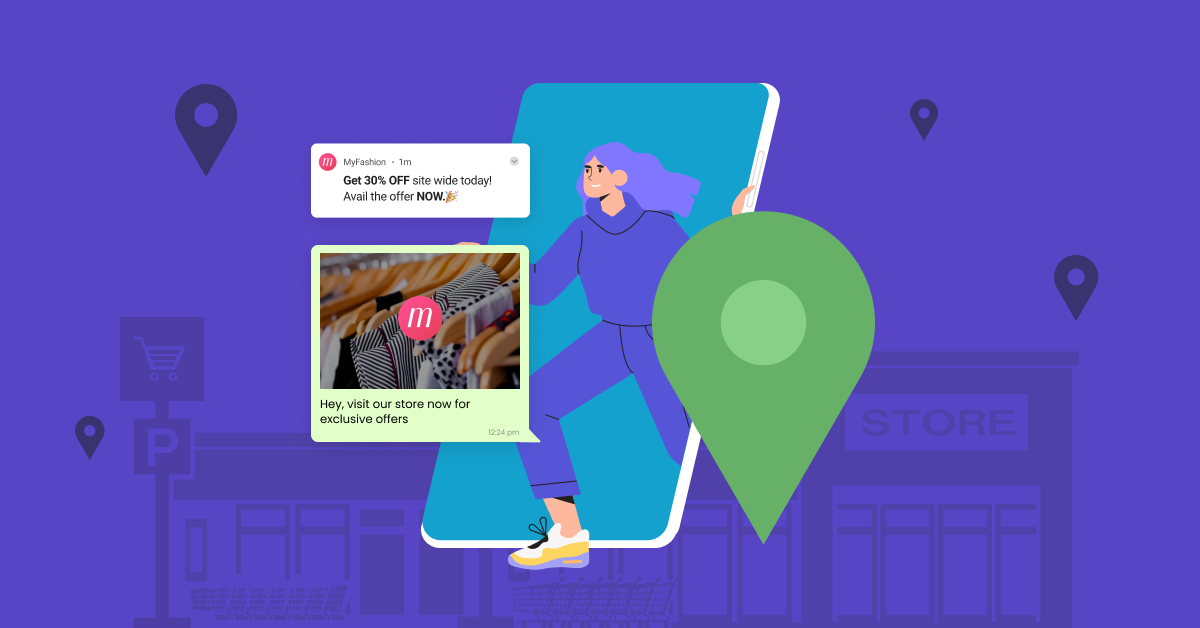
 Diksha Dwivedi
Diksha Dwivedi